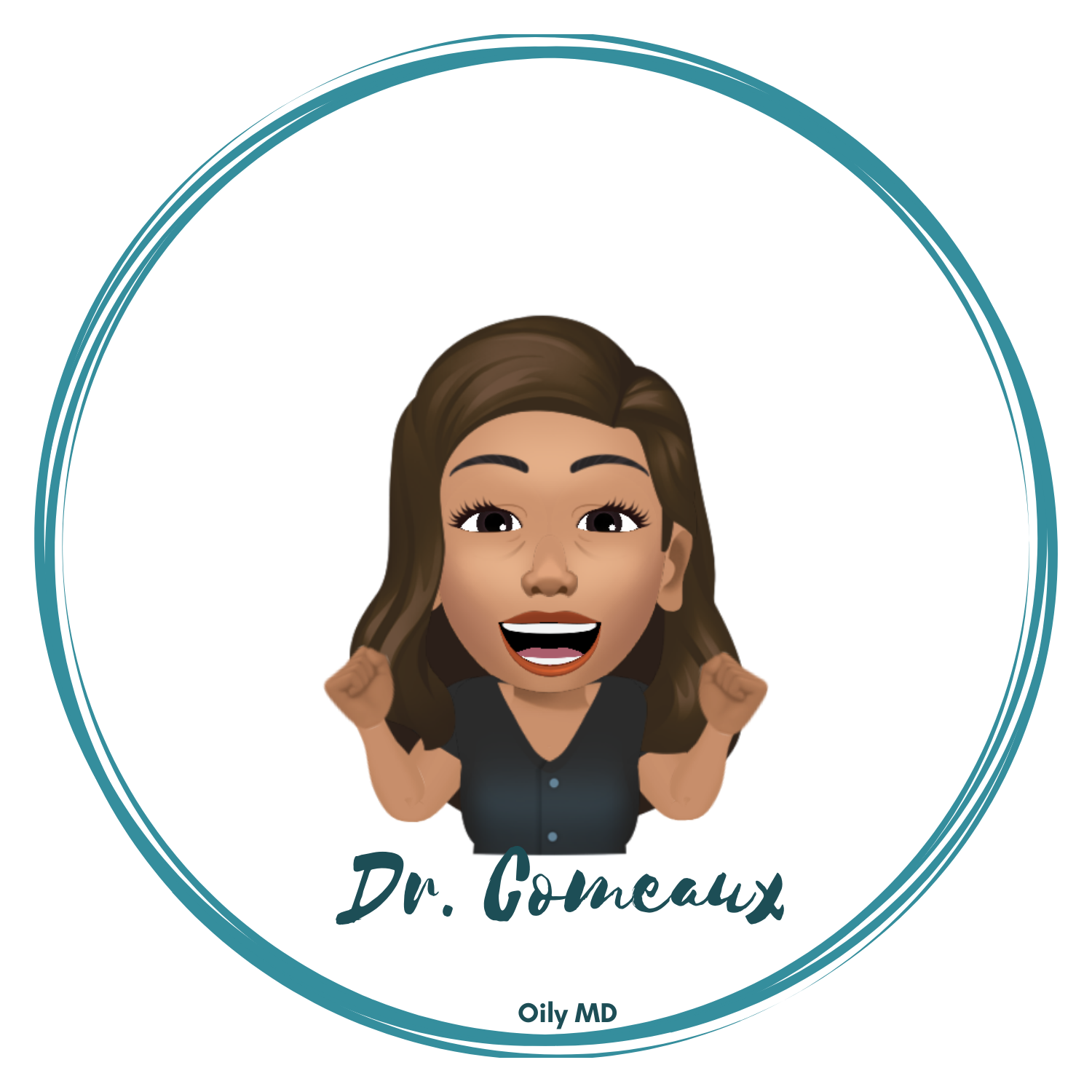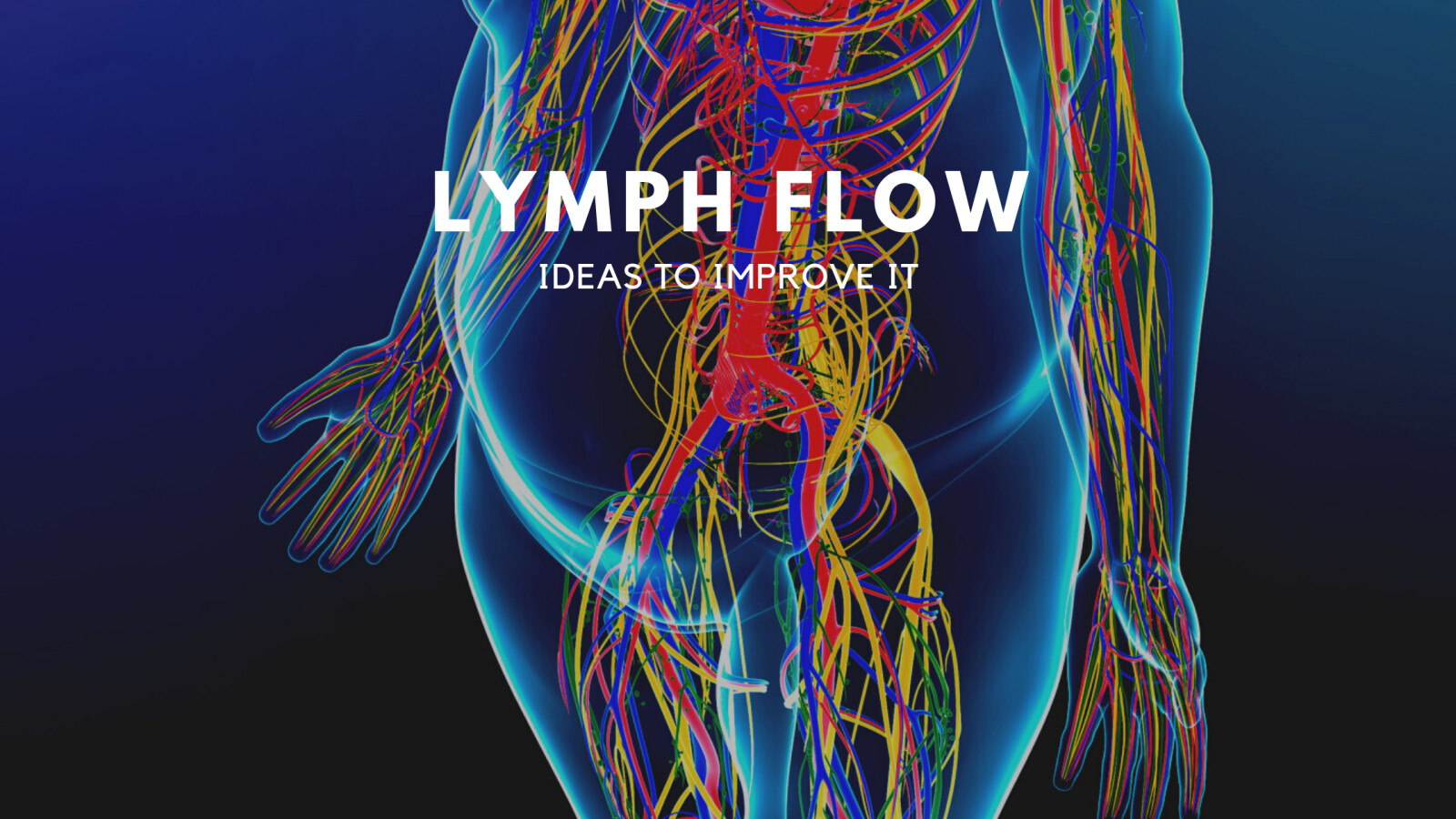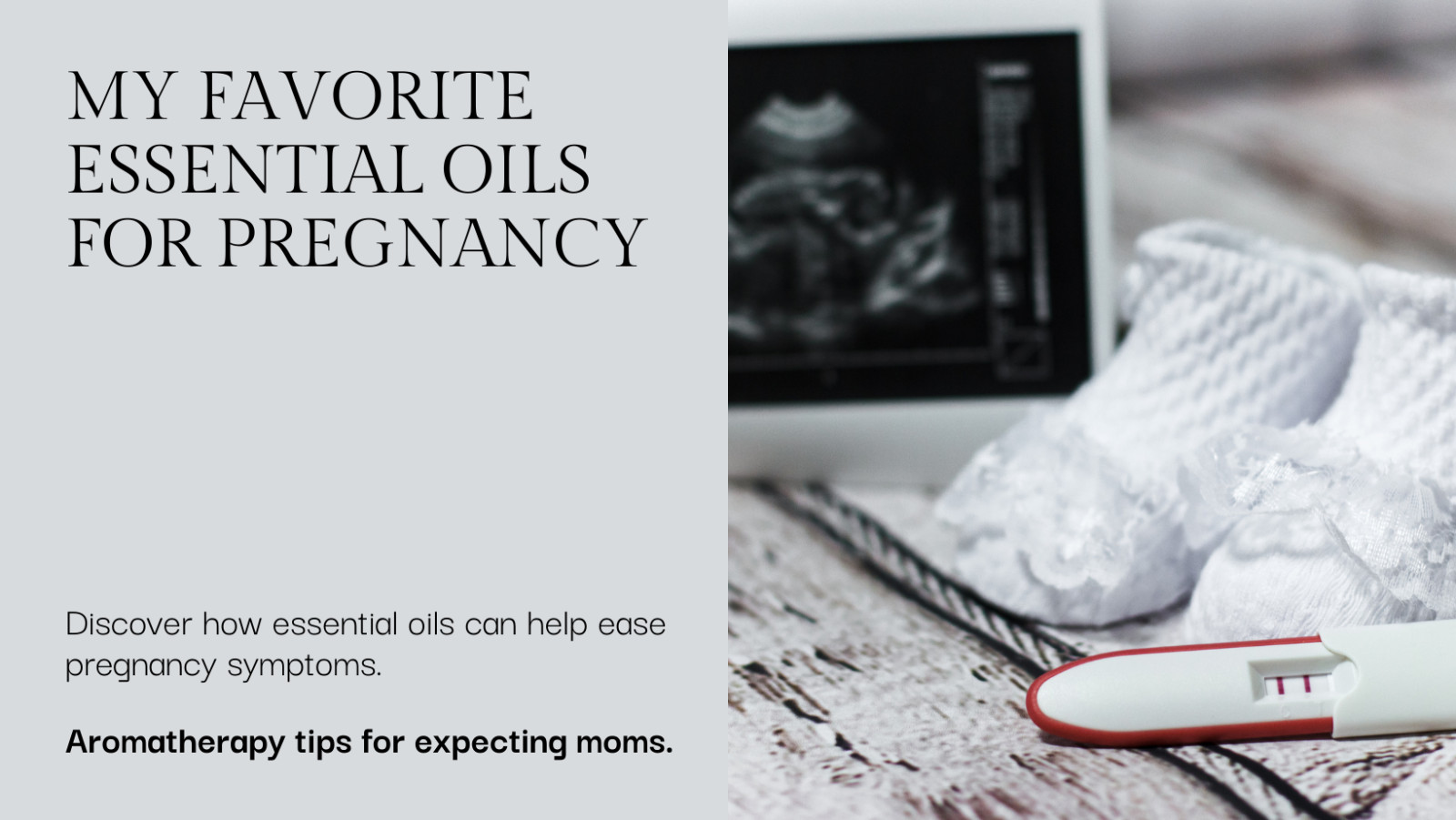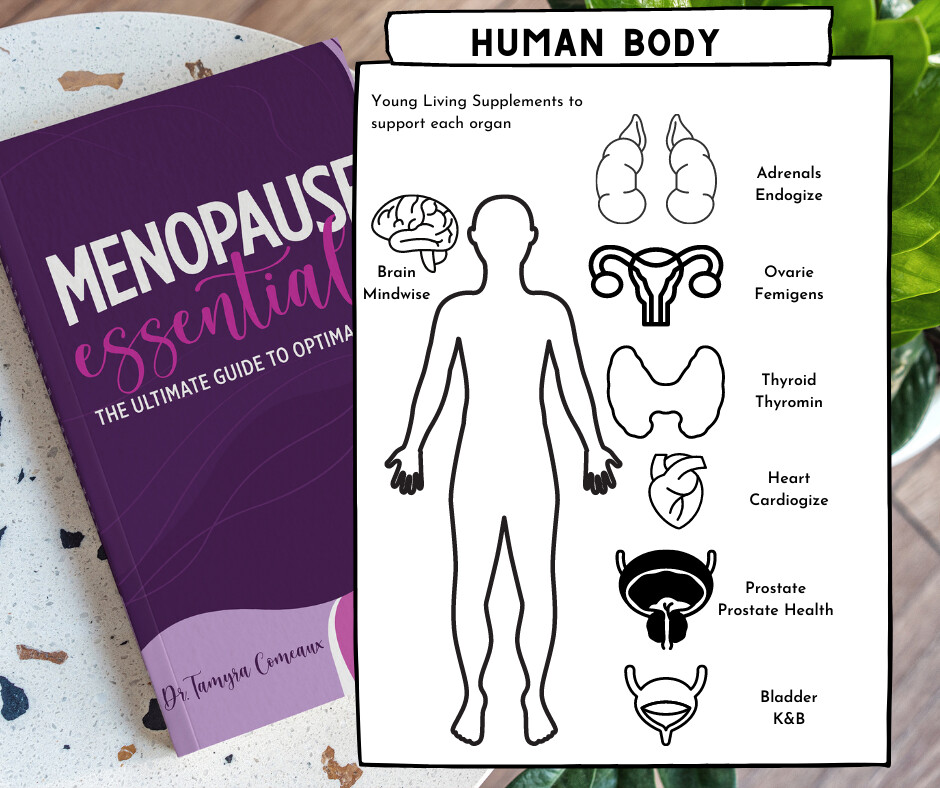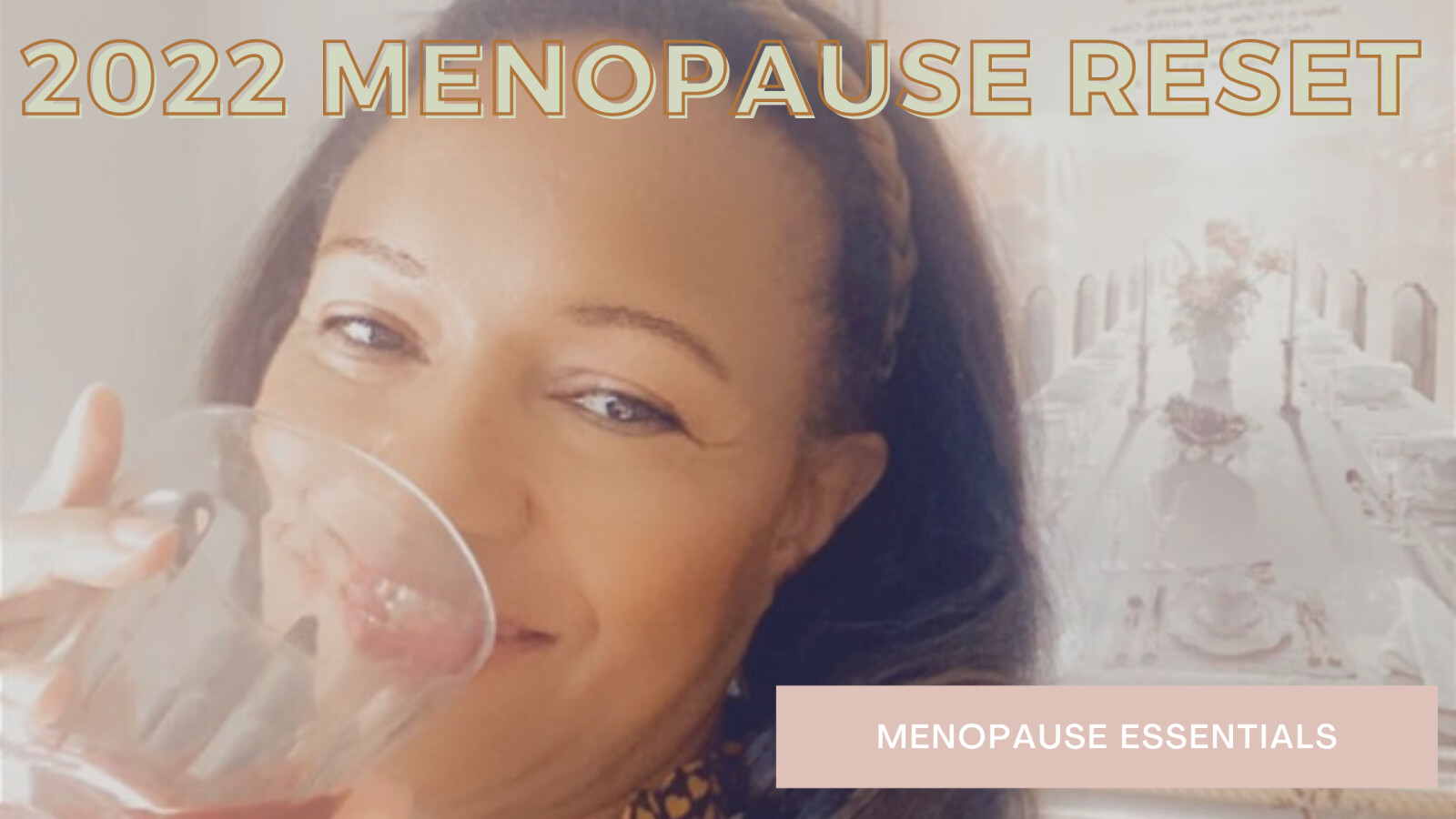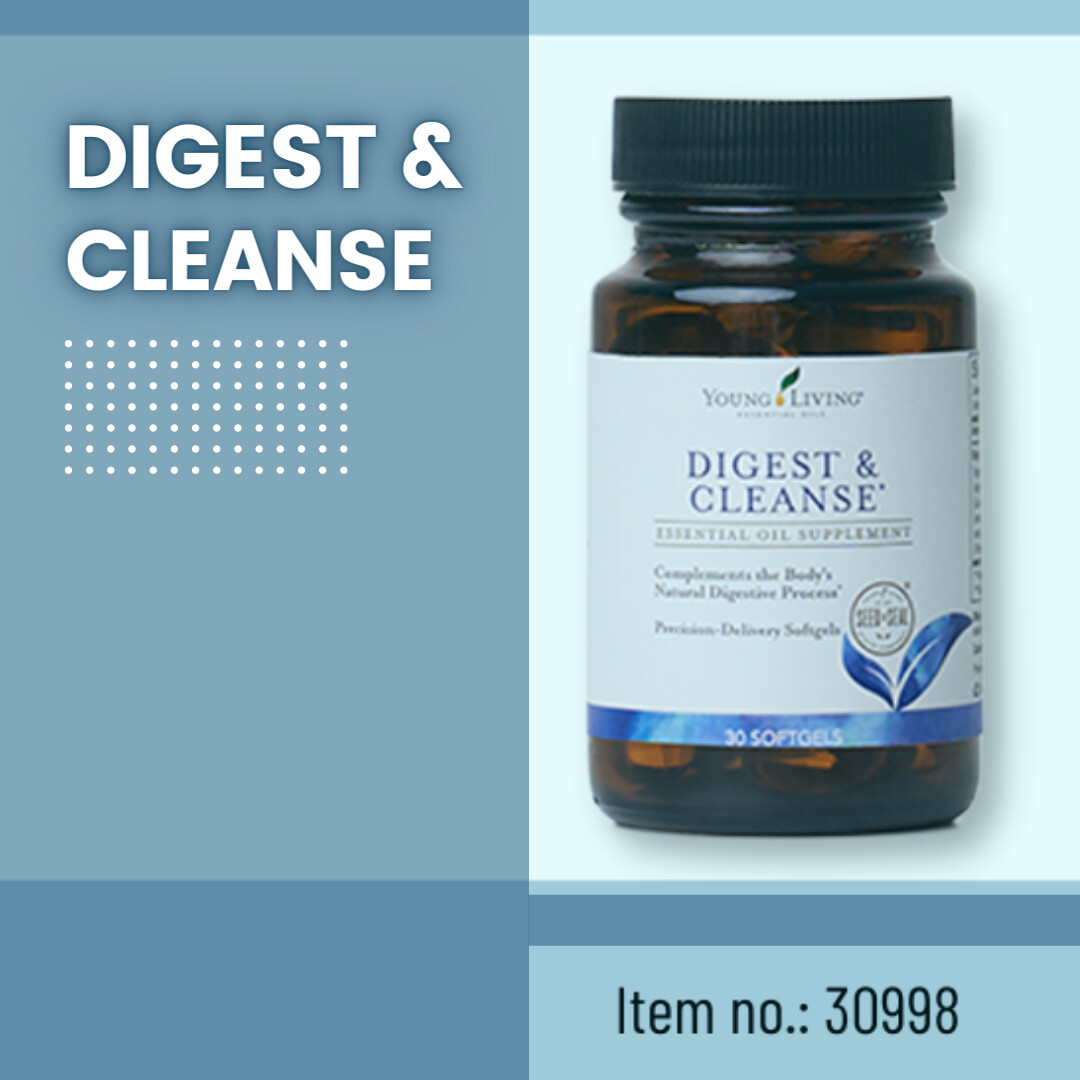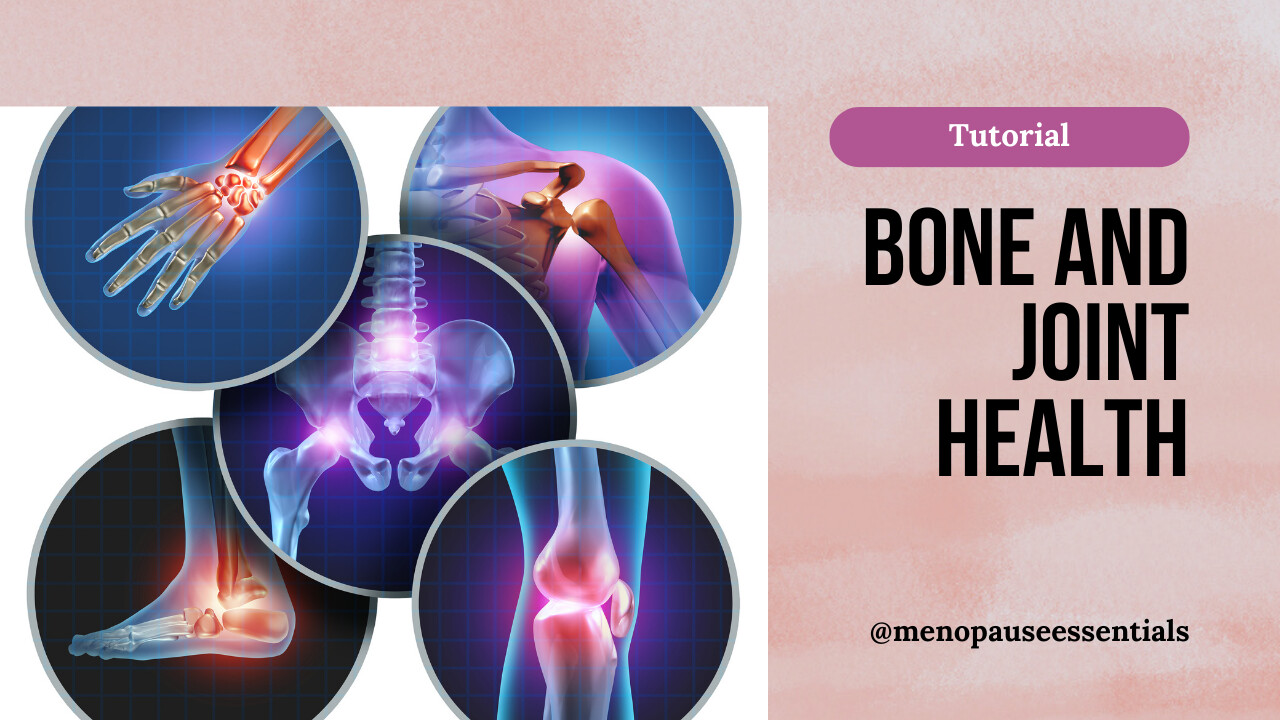
Complimentary and alternative strategies for recurrent bladder discomfort that are considered below include:
- Take as a dietary supplement by adding 1–2 drops to a vegetarian capsule to assist overall well-being and healthy immune function.*
- Add Frankincense Vitality or Copaiba Vitality to water or a green smoothie to enjoy its subtle, flavor.
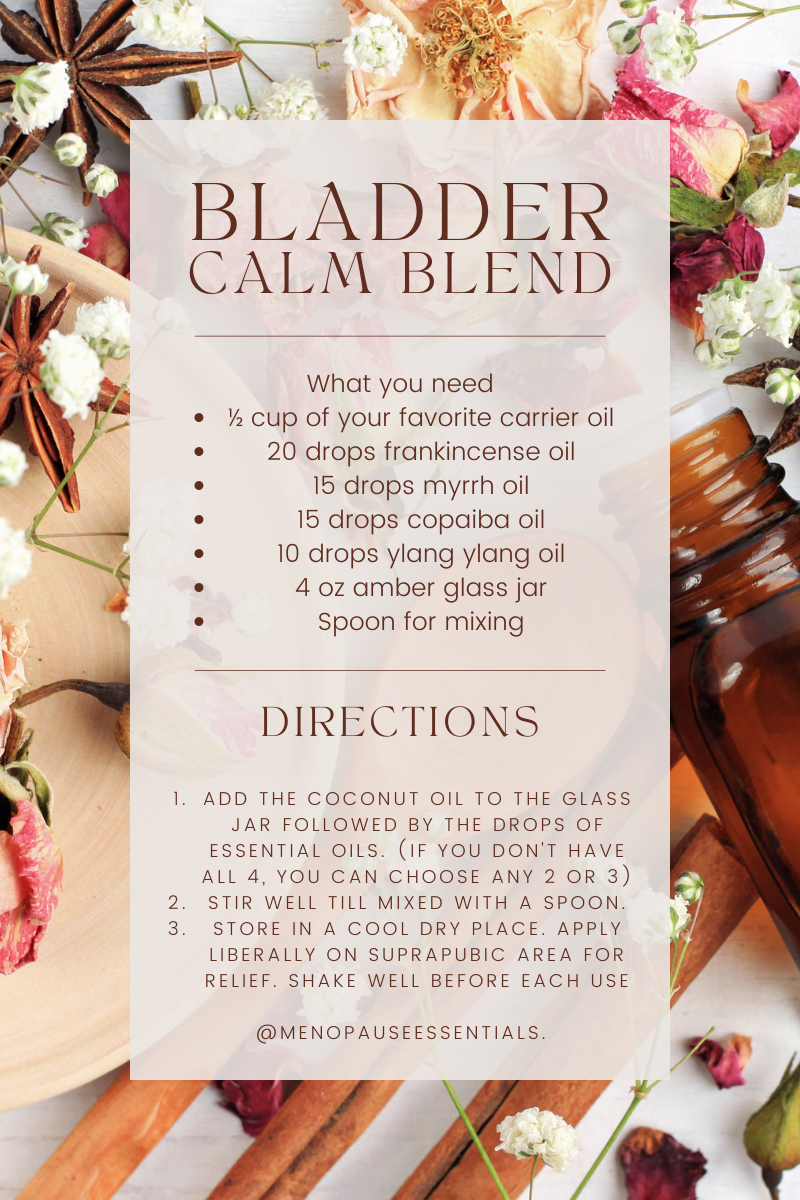

Information on this web site is provided for informational purposes only. The information is a result of years of practice experience and research by the author. This information is not intended as a substitute for the advice provided by your physician or other healthcare professional or any information contained on or in any product label or packaging. Do not use the information on this web site for diagnosing or treating a health problem or disease, or prescribing medication or other treatment. Always speak with your physician or other healthcare professional before taking any medication or nutritional, herbal or homeopathic supplement, or using any treatment for a health problem. If you have or suspect that you have a medical problem, contact your health care provider promptly. Do not disregard professional medical advice or delay in seeking professional advice because of something you have read on this web site. Information provided on this web site and the use of any products or services purchased from our web site by you DOES NOT create a doctor-patient relationship between you and any of the physicians affiliated with our web site. Information and statements regarding dietary supplements have not been evaluated by the Food and Drug Administration and are not intended to diagnose, treat, cure, or prevent any disease.

- Pain while running, walking, kicking, or changing direction
- A clicking or popping sensation when shifting positions
1. CBD Calm roll on: Contains CBD (with zero THC) and lavender. Many essential oils have pain-relieving properties that can penetrate the skin and relieve pain in the pelvic area. For example, a study published in 2015 into the medicinal properties of lavender oil found that it can help to reduce inflammation. The study found that lavender oil has an anti-inflammatory effect when applied to the skin.
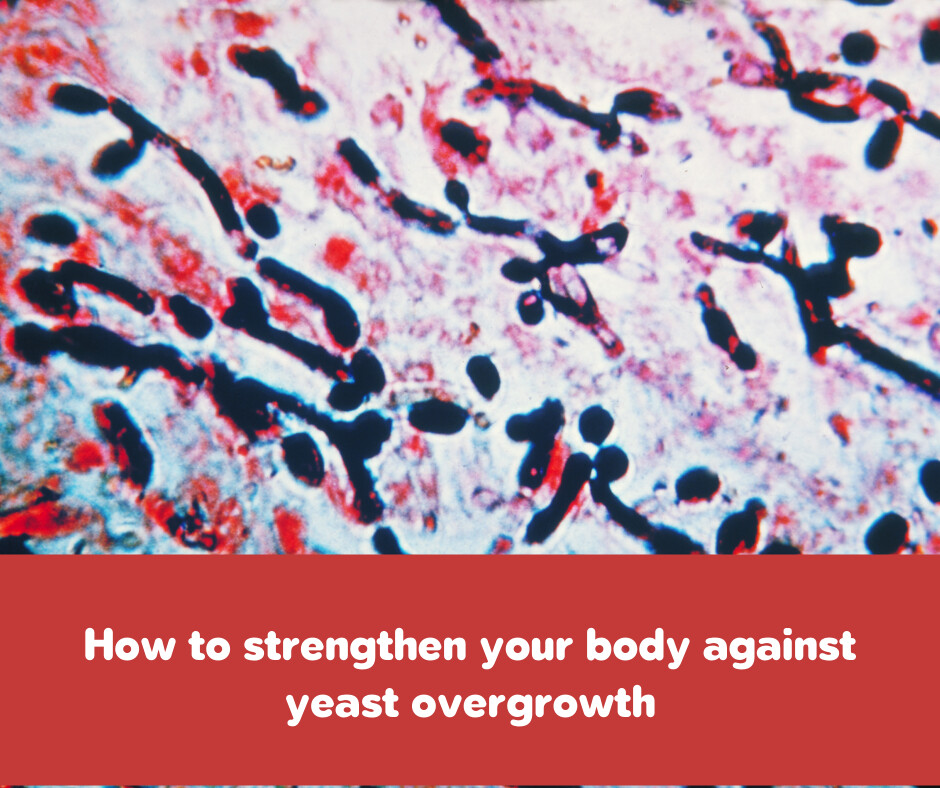
Yeast infections, whether vaginal or on the skin, most often occur because of a shift the your bacterial ecosystem. Vaginal yeast infections, and thrush are just some of the visible symptoms of systemic fungal infestation. While at times, yeast infection can be treated locally, the underlying problem of systemic candidiasis may still remain unless specific dietary and health practices are used.
This shift in balance can be caused by a variety of reasons, including:
1. Taking Antibiotics
Although often necessary for serious medical treatments, one side effect of taking antibiotics is that they kill all bacteria, including the good kind, which can allow fungus to spread out of control.
2. Changing Estrogen Levels
A shift in hormones is another common way your body’s bacterial environment is affected. Estrogen levels shift around your menstrual cycle, during pregnancy and menopause, and if you take birth control or other forms of hormone therapy.
3. Chronic Disease
Chronic health conditions or viral infections can also trigger a yeast overgrowth. These can be far-ranging and different on a case-by-case basis, but often include insulin resistance, pre-diabetes, diabetes, or any condition that weakens your body’s immune system.
The best way to balance the body to discourage overgrowth of Candida utilizes an integrative approach that incorporates all the following:
- reduce the need for antibiotics - consider instead using an essential oil that has antibacterial properties
- anti-fungal -consider instead using an essential oil that has anti-fungal properties, I recommend that people find a way to incorporate them into their daily routine
- low-carb/high protein diet- at minimum I recommend avoiding gluten (and grains like wheat and corn), dairy (ghee can be substituted for butter), sugar, difficult-to-digest starches like potatoes, and high sugar fruits. Gluten and dairy are gut irritants, and the more you can reduce sugar, the better.
- assess nutritional deficiencies and supplement accordingly. For example, chromium helps your body manage blood sugar properly, and other nutrients also have a role. I frequently have people take a comprehensive multivitamin or a vitamin pack like Master Formula
- antioxidants- Studies have shown that Curcuma longa completely inhibits the growth of candida. Turmeric is available in capsule form, but I use a powdered form that makes a great latte called Golden Turmeric
- colon cleansing- once yeast die, you want to move them out quickly, candida often colonizes the colon
- digestive enzymes- may help with elimination. Most people with a Candida problem are deficient in digestive enzymes. The enzyme formulas Allerzyme, Essentialzyme and Essentialzyme-4 contain beneficial essential oils, and don't contain gluten, dairy, or other unwanted additives as many over-the counter products do.
- stress management- elevated cortisol leads to the release of glucose, which allows the yeast to multiply. When you experience stress, it releases sugar into the bloodstream, which feeds the yeast. It also weakens the immune system and degrades gut health. CortiStop is designed to address the way we react to the cortisol produced when under stress.
- Vitamin C helps in several ways: First, it provides support to your adrenals, which are crucial for stress hormones and blood sugar regulation. Second, Vitamin C boosts your immune system. Super C is one of the rare corn free Vitamin C supplements.
- Take vitamin D daily to maintain healthy levels to support your immune system. Super Vitamin D
- Life 9 is a highly potent probiotic with 17 billion live cultures from nine beneficial bacteria strains to promote normal intestinal function. Repopulate the good bacteria to restore balance
How Can Essential Oils help Yeast balance?
Many essential oils have antibacterial, antiviral, or anti-fungal properties and are received by the body just like any nutrient consumed in your food. Used topically, they are absorbed by the skin and can penetrate cell walls within 20-30 minutes after application.
Since essential oils are very concentrated, you’ll want to dilute the oil before application in order to avoid irritating an already sensitive area of your skin.
Also keep in mind that not all essential oils are created equally. Although most essential oils sold in stores smell just as strong as their competitors, you’ll need to do your research in order to get high quality oils if you intend to use them for medicinal purposes. Depending on the manufacturer and distillation process, the medicinal properties of the plant may or may not have carried through to the oil sold on the shelf. Likewise, the oils may have been mixed with other compounds or synthetic chemicals, which can change an oil’s effectiveness at treating wounds or infections. Below I have included links to the brand I recommend my patients use.
- ½ cup Castile Soap (unscented is preferred)
- 1 Tablespoon Vegetable Glycerin
- 1 Tablespoon carrier Oil
- 10-20 drops Essential Oils (You can use any of the above anti-fungal oils, but my favorite is 10 drops Geranium and 10 drops copaiba)
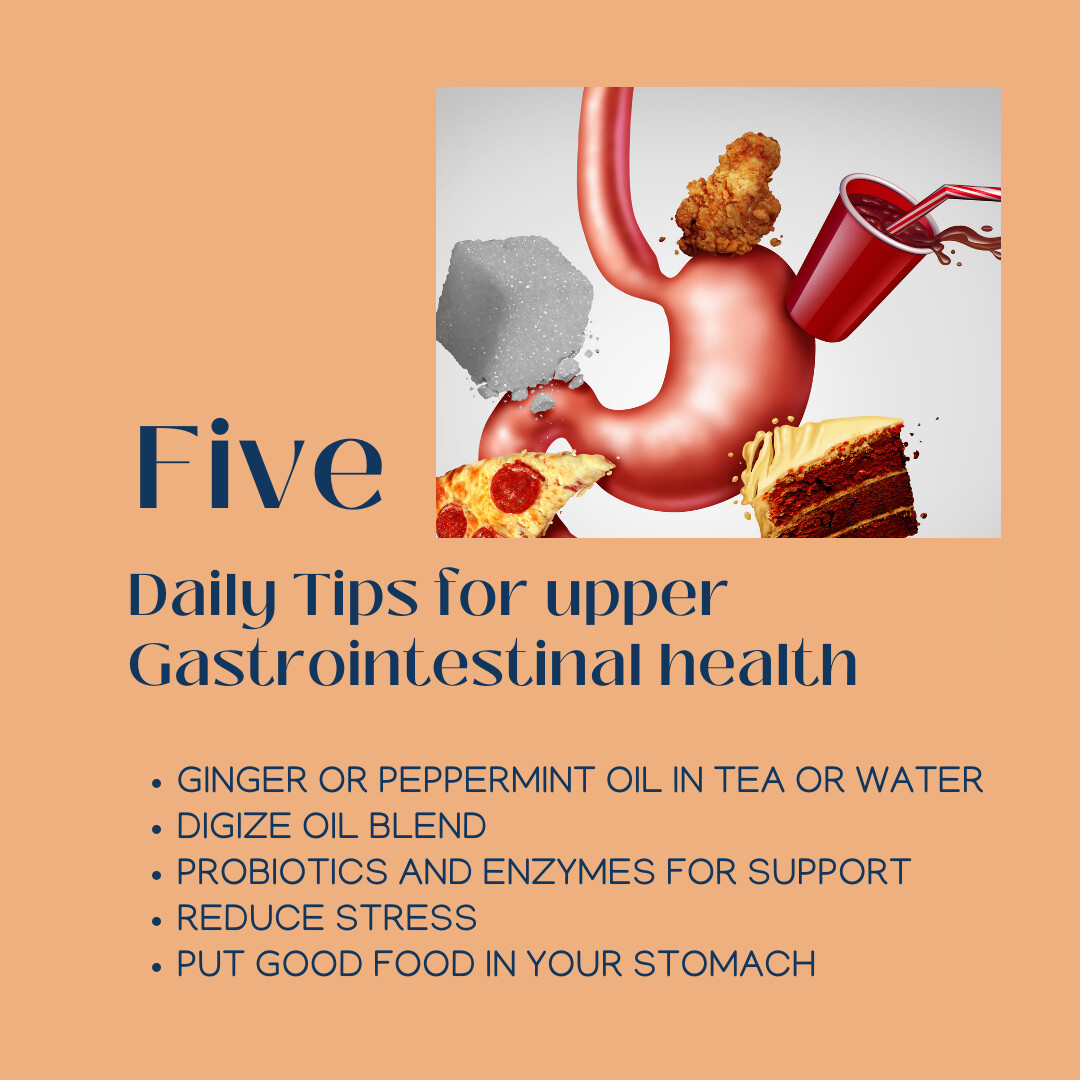
1. Ginger oil works best when consumed before meals. Thanks to ginger’s antibacterial and anti-inflammatory properties, it is great at blocking stomach acid production and suppressing H.pylori bacteria, known for causing stomach ulcers. Inflammatory conditions such as arthritis will benefit from ginger oil. When taken as a dietary supplement, it may provide comfort for the digestive system and help to support weight management as part of a healthy lifestyle.
2. Peppermint oil. This pleasantly scented oil can help indigestion and acid reflux. It also acts as a pain reliever, which is why it’s a great choice for reducing pain associated with heartburn. Peppermint essential oil provides a refreshing and cooling feeling that most people will find soothing to the throat. It is advised to dilute a small amount in another beverage.
Consider finding out if there are particular foods bothering you. Shop Food Sensitivity Test 96 foods at Everlywell. Shop Food Sensitivity Comprehensive Test 204 foods at EverlyWell
